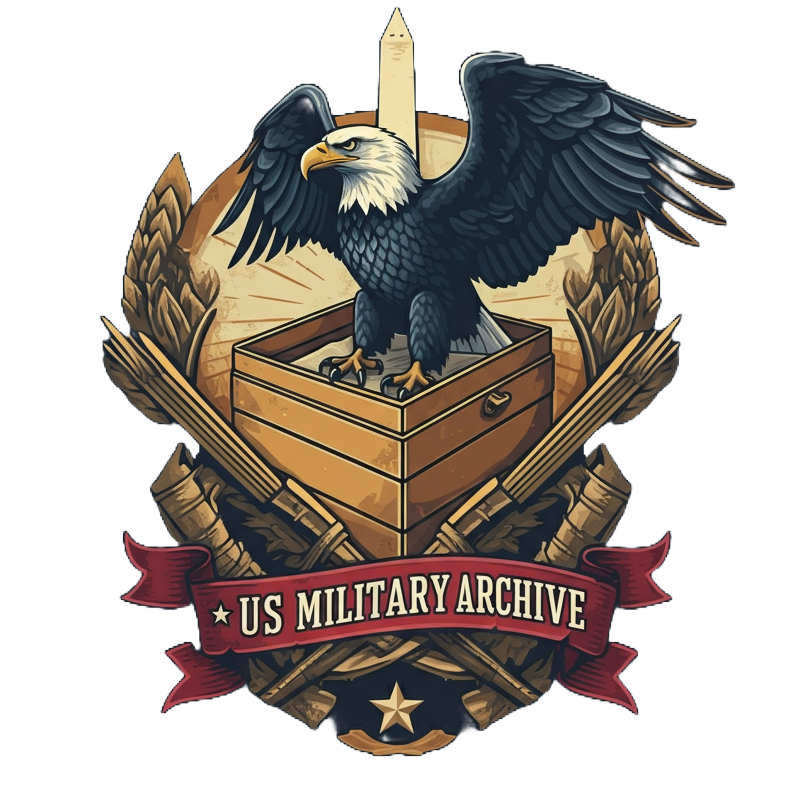Article Text
The War of 1812, a conflict often overshadowed by the American Revolution, presented the nascent United States Army with a crucible of logistical challenges. Limited technology, underdeveloped infrastructure, and vast distances demanded innovative solutions and unwavering resolve. This article explores the logistical landscape of the War of 1812, highlighting the interplay of technology, human resilience, and strategic adaptation within the context of America's 'Second War of Independence.'
One of the most pressing challenges was the movement of troops, supplies, and ordnance. The rudimentary road networks of the early 19th century, often little more than dirt tracks, proved woefully inadequate for transporting heavy cannons and the vast quantities of supplies required by a dispersed army. The reliance on waterways, while offering a more efficient alternative, presented its own set of complications. Rivers and canals were subject to seasonal variations in navigability, and the limited number of suitable vessels often created bottlenecks. The army leveraged existing waterways like the Great Lakes and the Mississippi River, employing barges, flatboats, and the nascent steamboat technology. Yet, these early steamboats were prone to mechanical failures and limited in their capacity.
The scarcity of resources and the lack of established supply chains further exacerbated the logistical difficulties. Military spending during this period was constrained by a young nation's limited budget, impacting the army's ability to procure sufficient supplies and equipment. This financial strain forced the army to rely on a combination of government contracts, private suppliers, and local requisitioning, often leading to delays, shortages, and quality control issues. The human element, however, shone through these adversities. Soldiers, facing harsh conditions and limited resources, demonstrated remarkable resilience and ingenuity. Personal accounts from the era reveal how logistical successes bolstered morale and contributed to battlefield victories, while failures could demoralize troops and hinder operations.
The Niagara campaign provides a compelling example of the impact of logistics on the war effort. Timely delivery of supplies and reinforcements enabled American forces to repulse British advances. Conversely, logistical breakdowns during the invasion of Canada led to critical shortages of food and ammunition, contributing significantly to the campaign's failure. These experiences underscored the critical importance of efficient logistical planning and execution.
The War of 1812 also offered a glimpse into the future of combined arms warfare, though its full realization remained decades away. The coordination of land and naval forces, particularly in amphibious operations, highlighted the importance of integrated logistics. The Battle of New Orleans showcased the potential of joint operations, with American land forces, supported by naval firepower, successfully repelling a larger British force. The logistical support provided by the army to the naval squadron on Lake Erie proved crucial to securing American control of the lake, further demonstrating the growing synergy between land and sea power.
While technologies like the railroad and motorized vehicles were still in the future, the War of 1812 spurred innovation out of necessity. The limitations of existing transportation methods highlighted the need for faster, more reliable means of moving troops and supplies. The war's logistical challenges laid the groundwork for future breakthroughs that would revolutionize military operations.
In conclusion, the War of 1812 served as a critical proving ground for the US Army's logistical capabilities. The challenges faced, from limited technology and infrastructure to budgetary constraints, forced innovation and adaptation. The experiences gained during this conflict, though often hard-won, laid the foundation for a more robust and adaptable logistical system, shaping the future of military operations and contributing to the US Army's evolution into a more effective fighting force.
Files
There are no files available.

